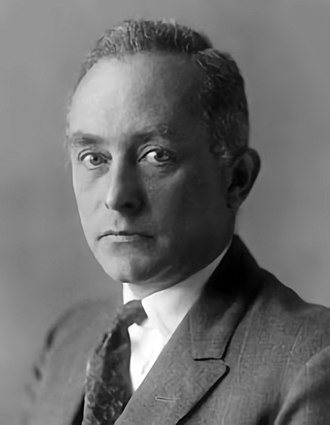|
home | what's new | other sites | contact | about |
||
|
Word Gems exploring self-realization, sacred personhood, and full humanity
Quantum Mechanics
return to "Quantum Mechanics" main-page
physicist Max Born (1882-1970)
Wikipedia: In 1925, [Max] Born and Heisenberg formulated the matrix mechanics representation of quantum mechanics. On 9 July, Heisenberg gave Born a paper entitled "Quantum-Theoretical Re-interpretation of Kinematic and Mechanical Relations" to review, and submit for publication. In the paper, Heisenberg formulated quantum theory, avoiding the concrete, but unobservable, representations of electron orbits by using parameters such as transition probabilities for quantum jumps, which necessitated using two indexes corresponding to the initial and final states. When Born read the paper, he recognized the formulation as one which could be transcribed and extended to the systematic language of matrices… While matrices were used in these cases, the algebra of matrices with their multiplication did not enter the picture as they did in the matrix formulation of quantum mechanics. With the help of his assistant and former student Pascual Jordan, Born began immediately to make a transcription and extension, and they submitted their results for publication; the paper was received for publication just 60 days after Heisenberg's paper. A follow-on paper was submitted for publication before the end of the year by all three authors…. ... the left hand side of the equation is not zero because matrix multiplication is not commutative. This formulation was entirely attributable to Born, who also established that all the elements not on the diagonal of the matrix were zero. Born considered that his paper with Jordan contained "the most important principles of quantum mechanics including its extension to electrodynamics." The paper put Heisenberg's approach on a solid mathematical basis… In 1928, Einstein nominated Heisenberg, Born, and Jordan for the Nobel Prize in Physics, but Heisenberg alone won the 1932 Prize "for the creation of quantum mechanics, the application of which has led to the discovery of the allotropic forms of hydrogen", while Schrödinger and Dirac shared the 1933 Prize "for the discovery of new productive forms of atomic theory". On 25 November 1933, Born received a letter from Heisenberg in which he said he had been delayed in writing due to a "bad conscience" that he alone had received the Prize "for work done in Göttingen in collaboration—you, Jordan and I." Heisenberg went on to say that Born and Jordan's contribution to quantum mechanics cannot be changed by "a wrong decision from the outside." In 1954, Heisenberg wrote an article honouring Planck for his insight in 1900, in which he credited Born and Jordan for the final mathematical formulation of matrix mechanics and Heisenberg went on to stress how great their contributions were to quantum mechanics, which were not "adequately acknowledged in the public eye."
|
||
|
|
